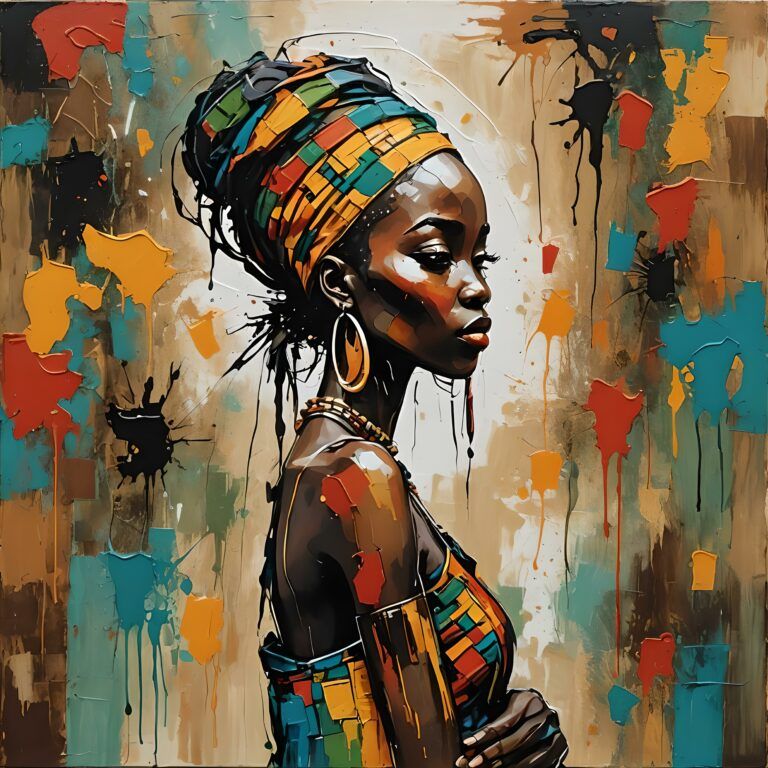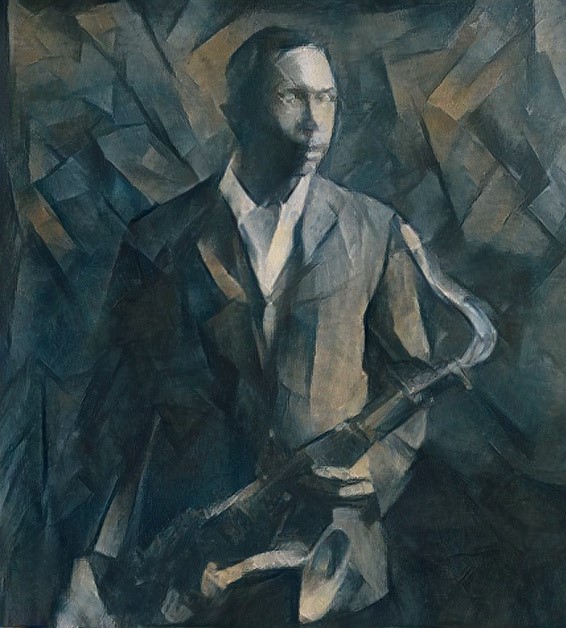How To Use Nfts To Make Money
NFTs, or non-fungible tokens, have taken the digital world by storm. Whether art, music, virtual real estate, or even tweets, NFTs represent unique ownership of digital assets. Understanding the ecosystem is the first step for anyone looking to make money from NFTs. You can start by getting a grip on how NFTs work. Each NFT…




